Rapid China expansion comes back to bite western food chains
The footage is grainy and dull, the hidden camera jerky, but the image of the light pink meat falling on the floor and being tossed back into the processor?s maw is vivid enough.
An undercover investigation by Dragon TV of unhygienic practices and relabelling of expired meat has led to the closure of a giant meat processing plant near Shanghai that supplied KFC, McDonald?s and Starbucks in eastern China and Japan.
Such food safety scandals occur regularly in China, but this one was different.
The plant in question was US-owned and its clients were the foreign brands that attract Chinese consumers in part because they are usually trusted to have higher standards.
OSI Group, the privately held Illinois-based meat processor whose Shanghai plant is accused of relabelling expired meat amid other systemic violations, apologised and said on its website it would “not try to defend it or explain it”.
For the western restaurant chains, the scandal is embarrassing, but there was at least one warning sign.
In a labour dispute that OSI?s Shanghai branch won last year, a plaintiff seeking medical compensation for exposure to chlorine said in court that he had objected to the practice of relabelling expired meat. “He never brought up the issue when he was in the company, and I don?t think it?s appropriate to him to mention that in court. He didn?t have evidence,” said Xia Yugang, the lawyer representing the company in the case.
Even so, partners like OSI are so important to the rapid expansion in China of western restaurant chains that they cannot be easily replaced.
Some US chains have grown by leaps and bounds in the country, opening hundreds of stores annually and enjoying profit margins of more than 20 per cent for many years running.
To offer standardised products on a massive scale, they created supply chains from scratch or relied on established US partners, making the food safety violations in Shanghai more an American problem than a Chinese one.
China accounts for more than half the revenues of Yum Brands, which owns KFC and Pizza Hut, and few western firms have bet as much on the country as has the Kentucky-based company. Yum is the largest western restaurant operator in China with nearly 6,400 outlets, while McDonald?s has about 2,000 restaurants and plans to open 300 more this year.
China “is vital for a company like Yum and it?s very important for a company like McDonald?s – it?s an area that they?ve invested quite heavily in,” says RJ Hottovy, analyst at Morningstar.
The stock market rewarded KFC?s aggressive strategy. Analysts recommended Yum stock as a proxy for China growth and pummelled McDonald?s for failing to match KFC?s success in rolling out new products with Chinese flavour.
Paradoxically, supply chain worries contributed to KFC?s rapid expansion, according to Warren Liu, who oversaw its China business development from 1997 to 2000. The company feared the burgeoning fast food sector would quickly outpace China?s ability to provide raw materials, as well as labour and prime locations.
Most of China?s half a million food processors are far too small or unsophisticated to serve enormous and exacting clients like the foreign chains.
As the first chain to enter a province, KFC could rent prime locations, pin down government approvals and secure supply sources before anyone else got to them, Mr Liu writes in his book KFC in China: The Secret Recipe for Success.
Expanding supermarkets and fast-food chains provided an opening for American cold storage, logistics and food processing companies to move into China, much as US carmakers investing overseas bring along suppliers they have worked with for decades.
Barry Friends, of food consultancy Technomic, says companies like Yum and McDonald?s “basically go to Asia and try to replicate their US operations – with the exception of the use of local labour”.
OSI is a prime example. In the 1970s, the Otto family brought in Sheldon Lavin, a financier, to help expand their meat processing business amid increased demand from McDonald?s in the US. Mr Lavin eventually bought out Mr Otto and his two sons
and became full owner and chief executive. When McDonald?s entered China in the 1990s, OSI came along. McDonald?s has said it is sticking with its long-term supplier on both continents.
Mr Lavin?s connection with McDonald?s runs so deep that he is a trustee for its flagship Ronald McDonald House charity, which helps house the families of hospitalised children.
OSI now processes 300m chickens a year in China, about 3 per cent of the country?s total.
While McDonald?s imported its US network, KFC developed a local supply chain by working with its state-owned Chinese partners – many of which had existing, if rudimentary, logistics operations, says Mr Liu.
KFC now has 650 suppliers in China and owns most of its distribution system. This gives it more flexibility than McDonald?s, which prefers a stable of dedicated suppliers. That approach can make KFC?s supply chains harder to oversee.
Over time, the two rivals? strategies have converged: “Due to fast growth and rapidly rising product volume demand, also as a risk-management measure to diversify sourcing risk, both brands have crossed into each other?s original supply base: [McDonald?s is] buying from local suppliers and KFC buying from imported suppliers such as OSI,” Mr Liu says.
A spokesperson said: “Even if we begin with imports, McDonald?s always tries to also introduce local suppliers if they can meet our quality and food safety screens.”
As OSI developed in China, ploughing $750m into processing plants across the country since the 1990s, it acquired other clients. Its now-troubled Shanghai plant and another in Kunming were set up in 2008 to serve KFC.
McDonald?s Japan, which sourced about a fifth of its McNuggets from OSI?s Shanghai plant, has since declared it will stop buying any McNuggets from low-cost China.
Food industry experts say better auditing of the entire supply chain and better margins for suppliers could help prevent violations.
The temptation for suppliers with too much stock is to find a way to sell it, legally or otherwise, to avoid a loss, experts say. Frozen food that is only a few days past its expiration date is very difficult to detect.
The safety experts advocate tracing products to their source and better monitoring of what happens to expired or discarded food. Other weak links include the logistics companies delivering food from factory to restaurant, and regulators with cozy ties to the factories they oversee.
Sebastien Breteau, founder of AsiaInspection, which counts a major fast-food chain among its clients, says: “In the food industry a lot of people still have the attitude of ?not seen, not caught?.”
Additional reporting by Owen Guo, Christian Shepherd and Jennifer Thompson
更多英语学习方法:企业英语培训
第二篇:Chinese food And Western food
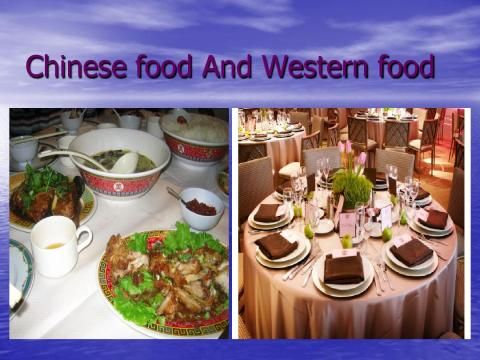
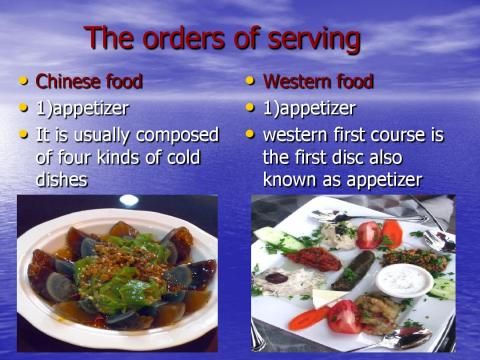

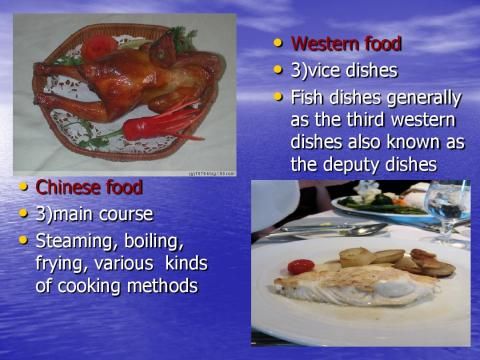
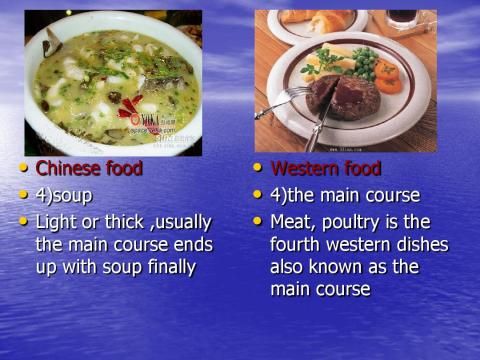



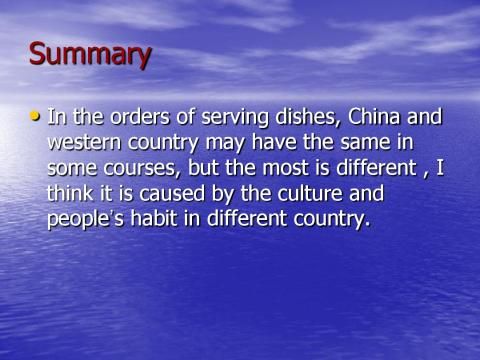
-
The cop and the anthem鉴赏
AbouttheauthorOhenryoriginallynamedWilliamSydneyPorterwhoisoneoffamousshort…
-
The Cop and the Anthem读后感
NowheretoStayTheCopandtheAnthemisoneofOHenrysrepresentativeworksThisnovelde…
-
The Cop and the Anthem警察与赞美诗读后感
TheCopandtheAnthemTheCopandtheAnthemisoneofOHenry39srepresentativeworksOHen…
-
The Cop and the Anthem读后感
BookReportNameTheCopandtheAnthemonearticleoftheShortStoriesbyOHenryWriterOH…
-
An Analysis of the Cop and the Anthem
学号哈尔滨师范大学学士学位论文题目AnAnalysisoftheCopandtheAnthem学生指导教师年级20xx级专业英语系…
-
一诊学科教师总结
泸化中学课改高20xx级高三“一诊”学科教师总结开场白一、高三“一诊”教学工作总结1“一诊”所教班级成绩(单、双入围情况):表一:…
-
策划部期末工作总结
广西师范大学漓江学院青年志愿者协会管理系分会策划部期末工作总结20xx年的九月,青协管理系分会又开始了新一学期的集体工作热潮。九月…
-
园林绿化养护工作总结
为了使所栽植的各种园林植物不仅能成活生长,而且能长得更好、更美,就必须根据这些植物的生物学特性,结合当地的具体条件,制定符合实情的…
-
培训专员岗位总结
人事行政中心培训专员岗位的总结分析一、结合所有工作的概括性描述人事行政中心培训专员岗位主要分为两大部分:培训、企业文化。培训包括:…
-
平面和高程控制测量实训总结
《工程测量2》实训总结转眼间一周的工程测量实训就结束啦!从这周实习的日子中,我从中得到很多更宝贵的东西:首先,通过实习,让我发现我…